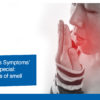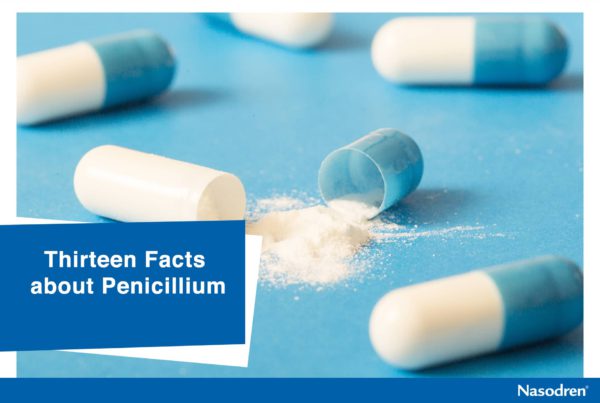Signs of a sinus infection of odontogenic origin
Causes of odontogenic sinusitis
Odontogenic cysts
Periapical abscesses
Alveolar or dental trauma
Maxillary osteomyelitis
Perforations in the sinus while extracting the tooth
Secondary infection and irritation due to intra-antral foreign objects
Damage to the Schneiderian membrane owing to periodontal disease
Inadvertent displacement of bone graft materials, dental implants and other foreign bodies during dental surgeries and treatments
Microbiology of odontogenic sinusitis
Acute and chronic of odontogenic sinusitis
Symptoms and signs of acute form
Malaise
Headache
Oral malodor
Pressure-like dull pain
Mucopurulent rhinorrhea
Occasional eyebrow edema
Nasal obstruction or congestion
Erythema i.e. redness of the skin
Swelling of the anterior maxilla and cheeks
Fullness or pressure near the maxillary sinus
Smelly mucopurulent material draining into the nasophrynx and the nasal cavity
If a periapical abscess is the source of the infection, swelling may occur in the buccal vestibule and gingiva.
Symptoms and signs of chronic form
Malodor
Dull headache
Nasal congestion
Constant pus from the oroantral fistula
Nasal discharge with / without postnasal drip
Tenderness in anterior maxillary area
Pain in tooth while chewing
However, signs of a sinus infection are subtle in chronic form.
Treatment of odontogenic sinusitis
As maxillary sinusitis and odontogenic infections are related, the oral cavity of the patients having signs of a sinus infection should also be examined. Dental infections shall be treated simultaneously with maxillary sinusitis.








